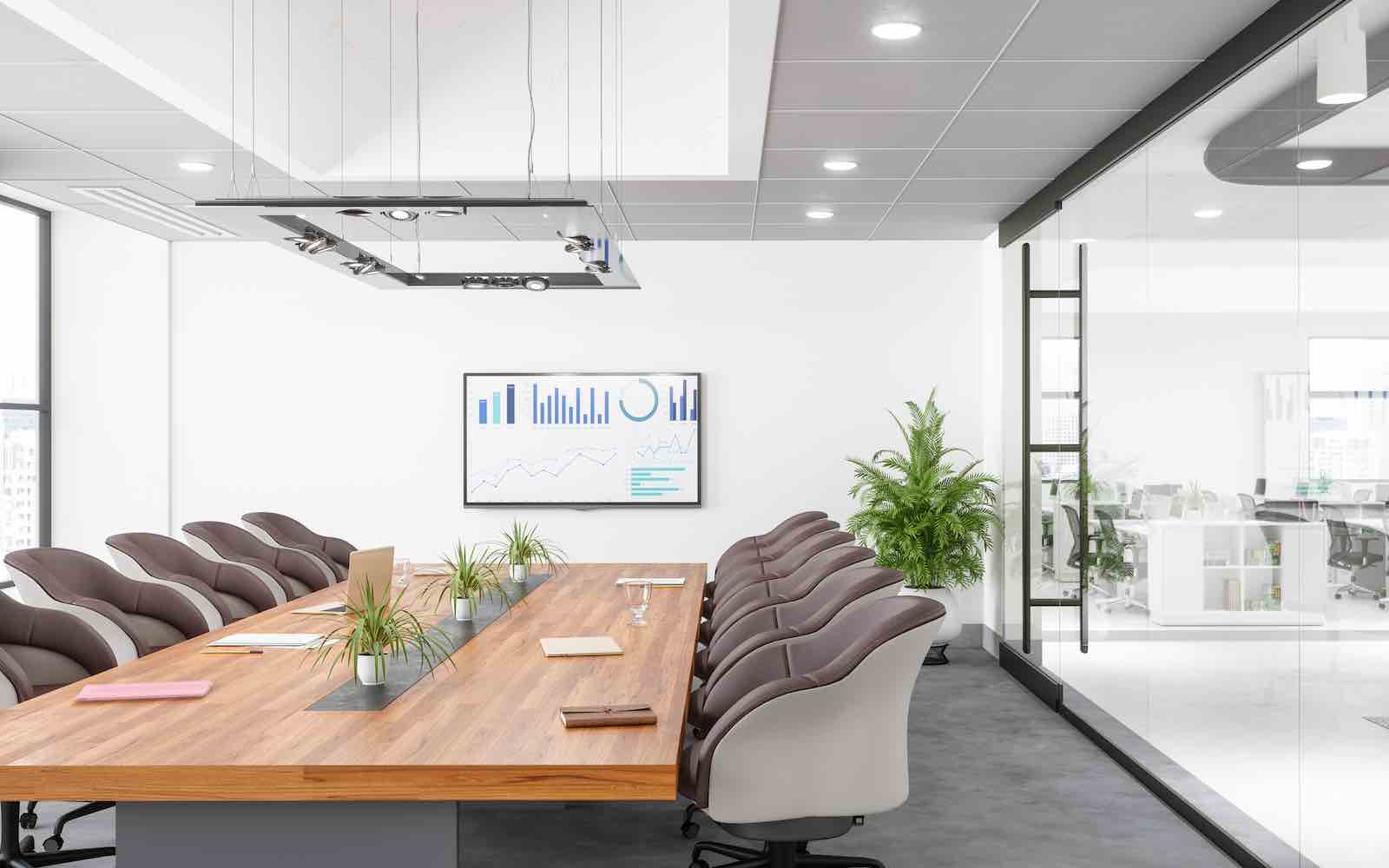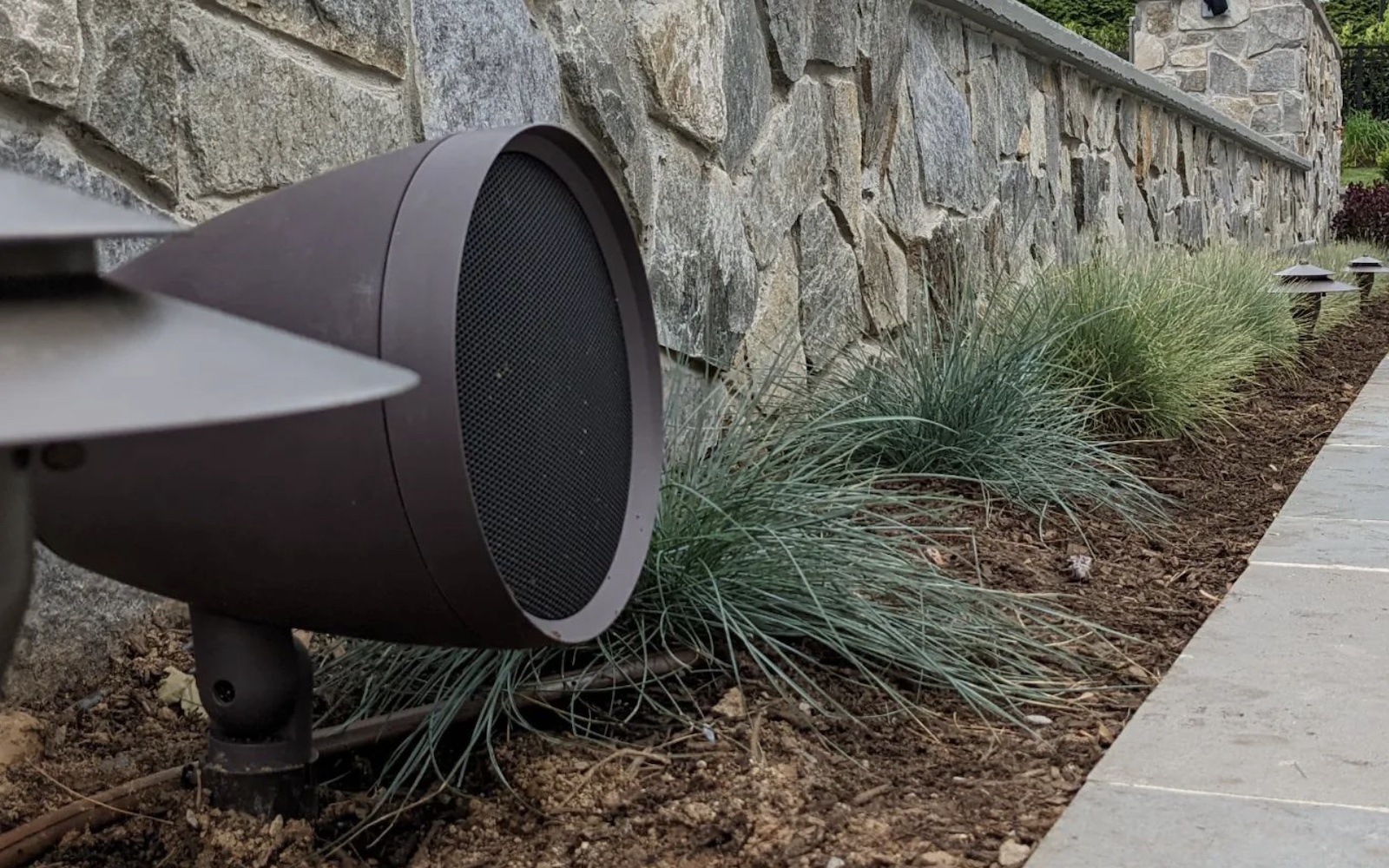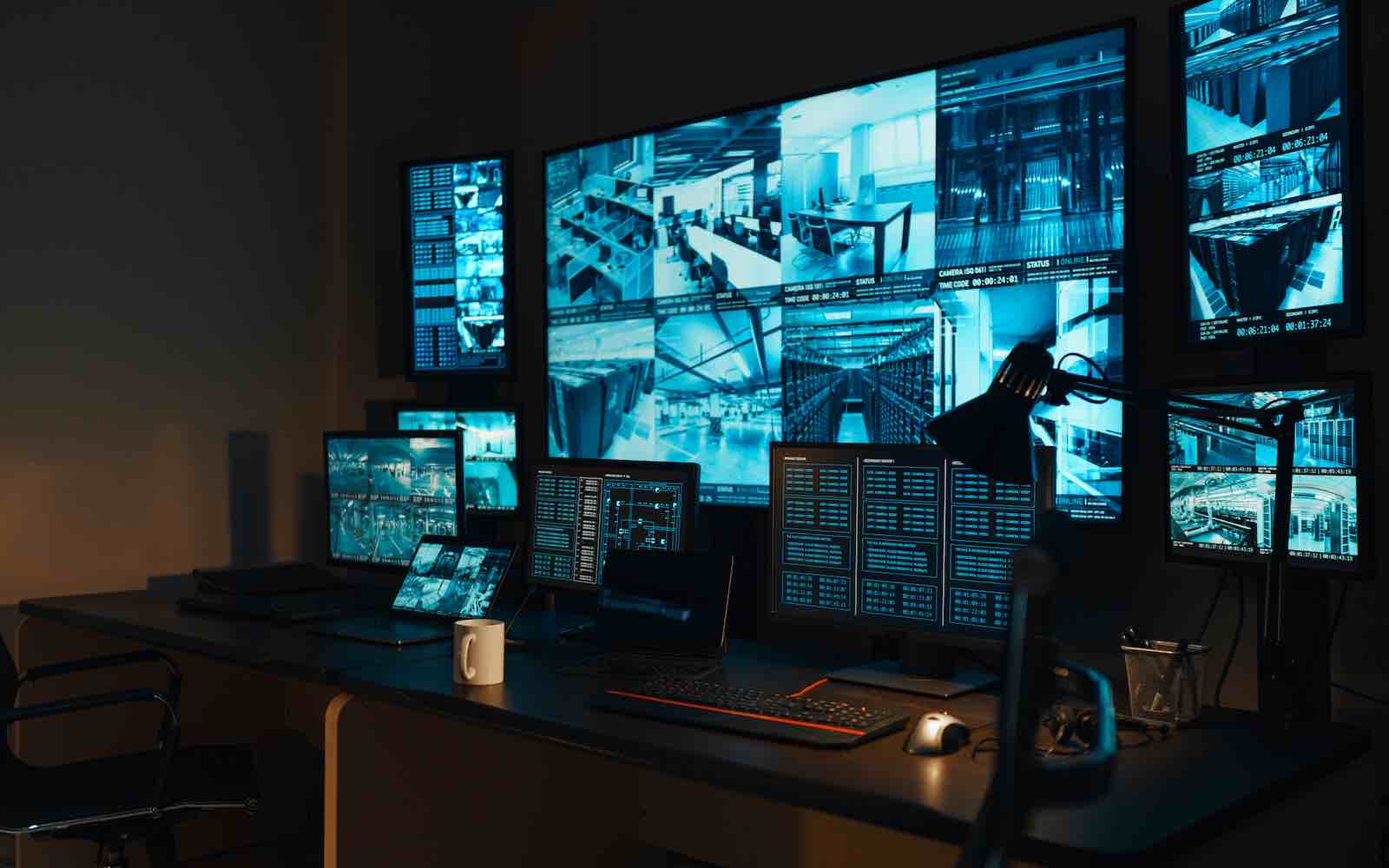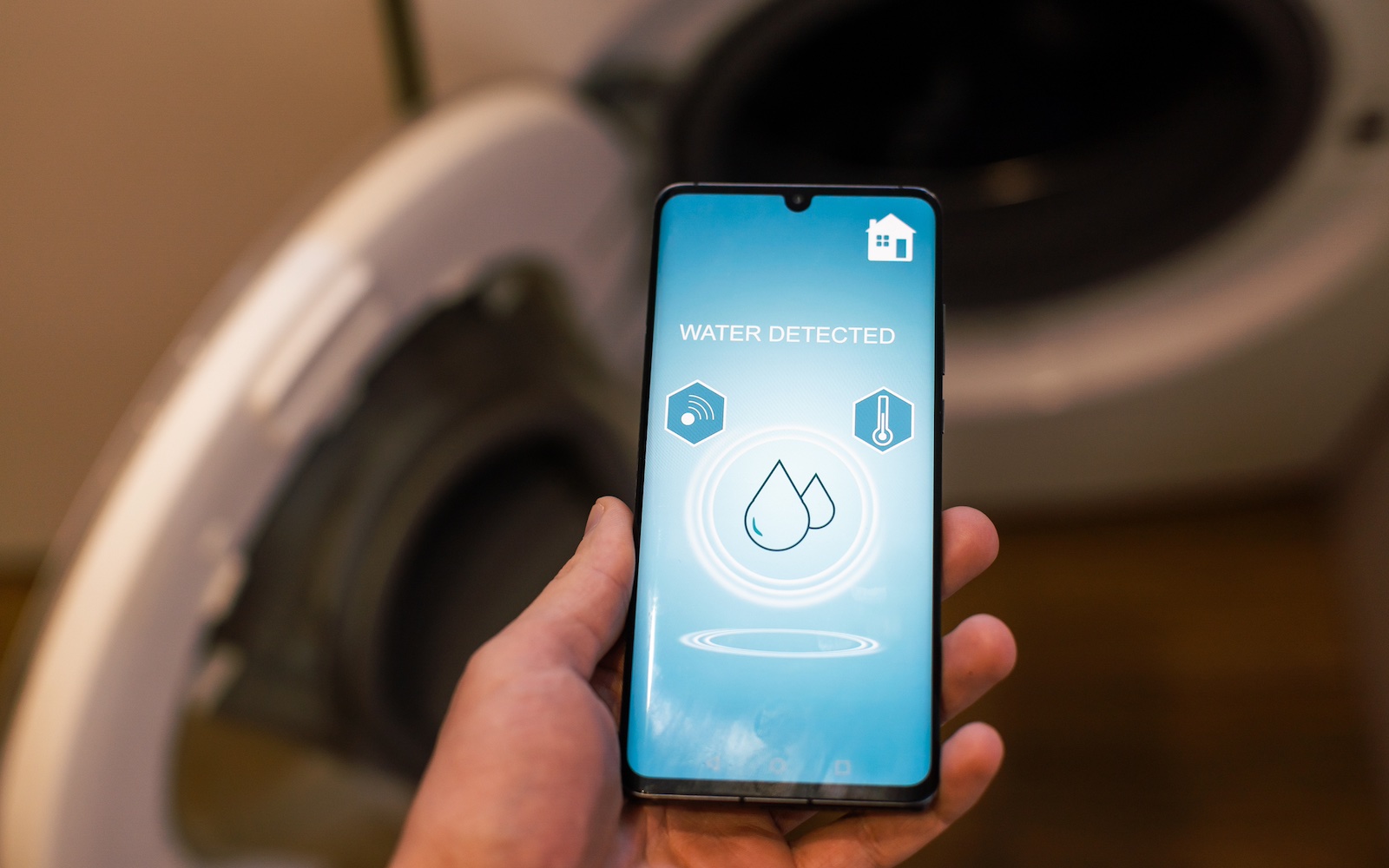The modern office in the financial industry is a hotbed of activity, and in the digital age, information travels faster than ever before. To stay ahead of the news and market performance, many financial companies are choosing to bring streams of information into their offices in new and unique ways. One of the most popular features GMI and the #DoneRightNotEasy crew have been asked to install in modern connected offices have been interactive video display walls. The video display wall company of choice for GMI is Planar. When it comes to technology, service, and quality, we believe Planar is at the top of their game when it comes to video displays of all kinds, in the same way that Crestron dominates the world of automation technology.
Simply installing and mounting monitors and displays around an office is quickly becoming a thing of the past. Smart financial companies constantly have their eyes on the future, and In a busy and productive financial office, staying on top of the news and the market is the highest priority. This means having real time access to both computerized data, news media and video conferencing software at any given moment. A powerful and customizable video display wall is the modern aesthetic choice for future minded financial companies. A four by four video wall allows you to have 16 individual monitors in one place, usually broken up into four quadrants and built to stream any type of content that will give a financial firm an edge. A display of this type is usually divided into four quadrants, and using Crestron automation control can be manipulated and controlled in a variety of ways.
Properly designing and building a video wall isn’t for the faint of heart, and as with many of our projects, requires meticulous planning and execution throughout every stage of design and installation. The first step is to diagnose the amount of real estate on the wall you need to fill, which will determine the grid size and placement for the video wall components. During this phase it is also important to account for obstructions, as an ideal video wall should be visible from all parts of the office space. A proper understanding of space requirements helps build the foundation for the back end components required to run the video wall, as well as power requirements.
Once the back end wiring and components are in place, construction of the video wall itself can begin. Remember, this isn’t as simple as mounting a number of TVs on the wall and calling it a day. The mounting structure needs to be as plum and level as possible so that when screens go up they look like one seamless unit. This requires the proper tools and more importantly the proper skill levels to build and fine tune each individual panel. Once each panel gets put into place it needs to be leveled so that each screen aligns perfectly to the others, even if this is off by a mere centimeter people will notice and the effect will be lost.
As the screens go up and the display come together it becomes more and more important to handle everything with extreme care. Each display panel is an extremely sensitive piece of equipment with a small bezel. This means that even something as seemingly minor as using the wrong screw can break a display and force you to restart your measurements and work. In a piece of physical equipment with this many potential failure points during installation you need a team that is experienced and knowledgeable enough to know the ins and outs of the project. The ability for a team to work together as a unit to install such a complicated device is few and far between, which is why the #DoneRightNotEasy crew prides ourselves on working together to master every part of your job site.
In part two of this case study, we will take a look at a recent video wall installation and the challenges and unique aspects that made it shine.




